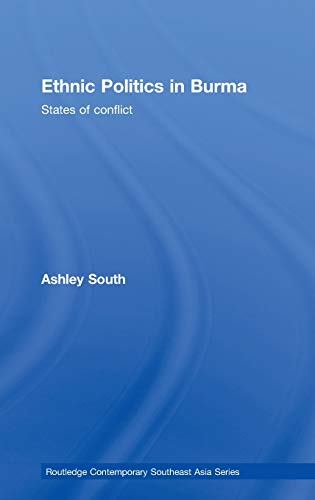

Most ebook files are in PDF format, so you can easily read them using various software such as Foxit Reader or directly on the Google Chrome browser.
Some ebook files are released by publishers in other formats such as .awz, .mobi, .epub, .fb2, etc. You may need to install specific software to read these formats on mobile/PC, such as Calibre.
Please read the tutorial at this link. https://ebooknice.com/page/post?id=faq
We offer FREE conversion to the popular formats you request; however, this may take some time. Therefore, right after payment, please email us, and we will try to provide the service as quickly as possible.
For some exceptional file formats or broken links (if any), please refrain from opening any disputes. Instead, email us first, and we will try to assist within a maximum of 6 hours.
EbookNice Team

Status:
Available0.0
0 reviewsThis book examines the ideas which have structured half a century of civil war in Burma, and the roles which political elites and foreign networks - from colonial missionaries to aid worker activists - have played in mediating understandings of ethnic conflict in the country. The book includes a brief overview of precolonial and colonial Burma, and the emergence ethnic identity as a politically salient characteristic. It describes the struggle for independence and the parliamentary era (1948-62), and the quarter century of military-socialist rule that followed (1962-88). The book analyses the causes, dynamics and impacts of on-going armed conflict in Burma, since the 1988 'democracy uprising' through to the 2007 'saffron revolution' (when monks and ordinary people took to the streets in protest against the military regime). There is a special focus on the plight of displaced people, and the ways in which local and international agencies have responded. The book also examines one of the most significant, but least well-understood, political developments in Burma over the last twenty years: the series of ceasefires agreed since 1989 between the military government and most armed ethnic groups. The positive and negative impacts of the ceasefires are analysed, including a study of civil society among ethnic nationality communities. This analysis leads to a discussion of the nature of social and political change in Burma, and a re-examination of some commonly held assumptions regarding the country, including issues of ethnicity and federalism. The book concludes with a brief Epilogue, taking account of Cyclone Nargis, which struck Burma on 2 and 3 May 2008, resulting in a massive humanitarian crisis.